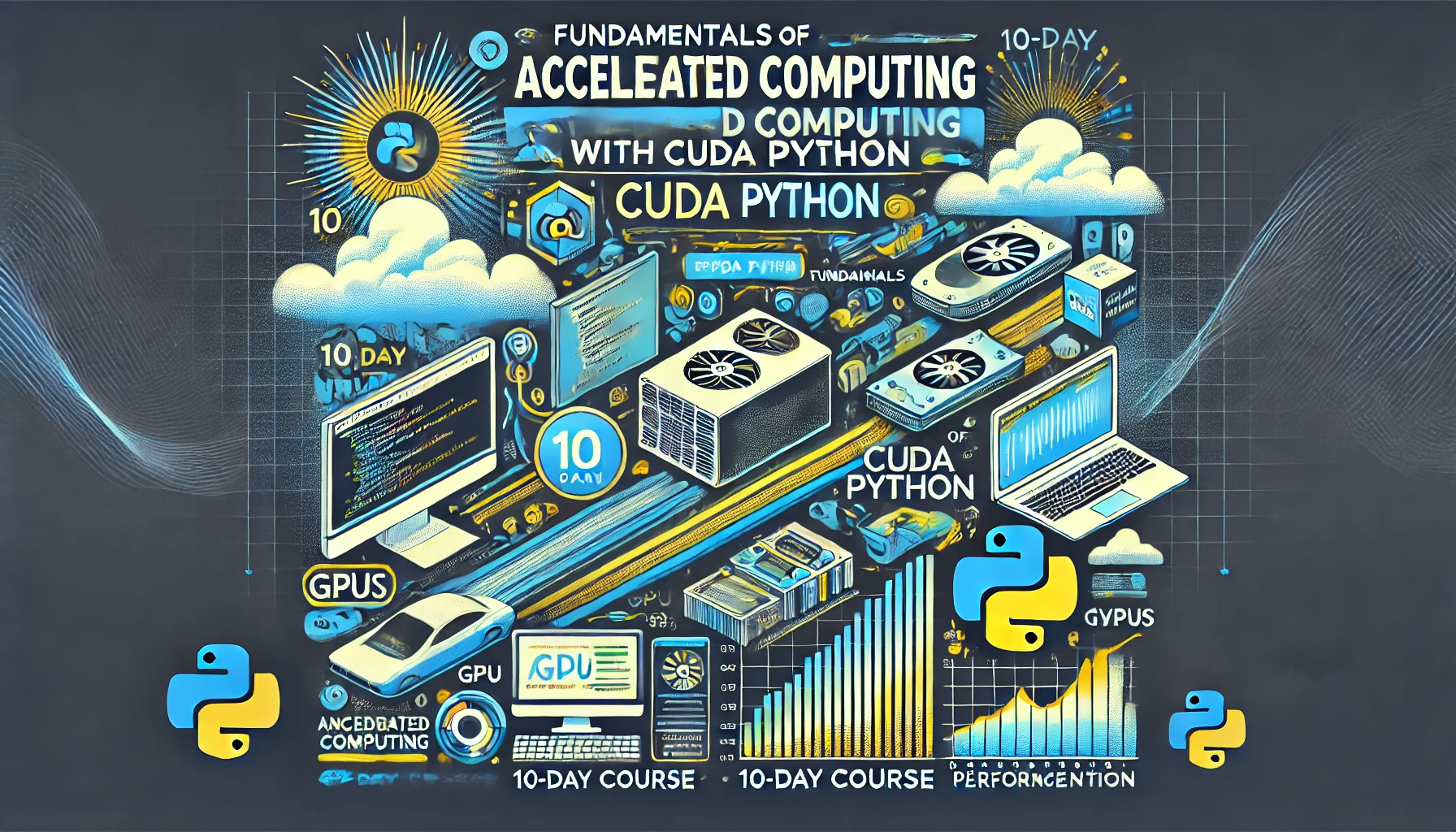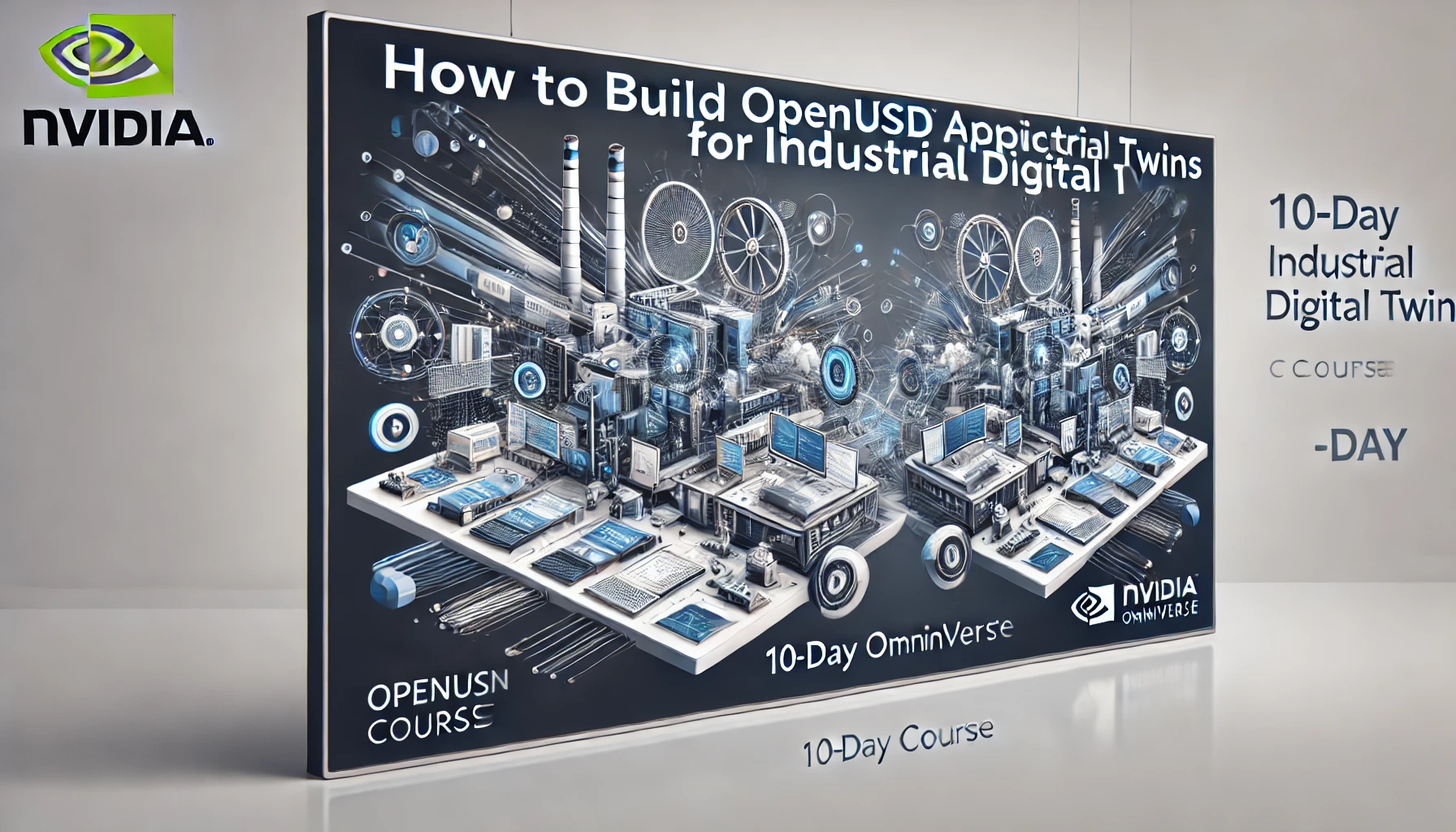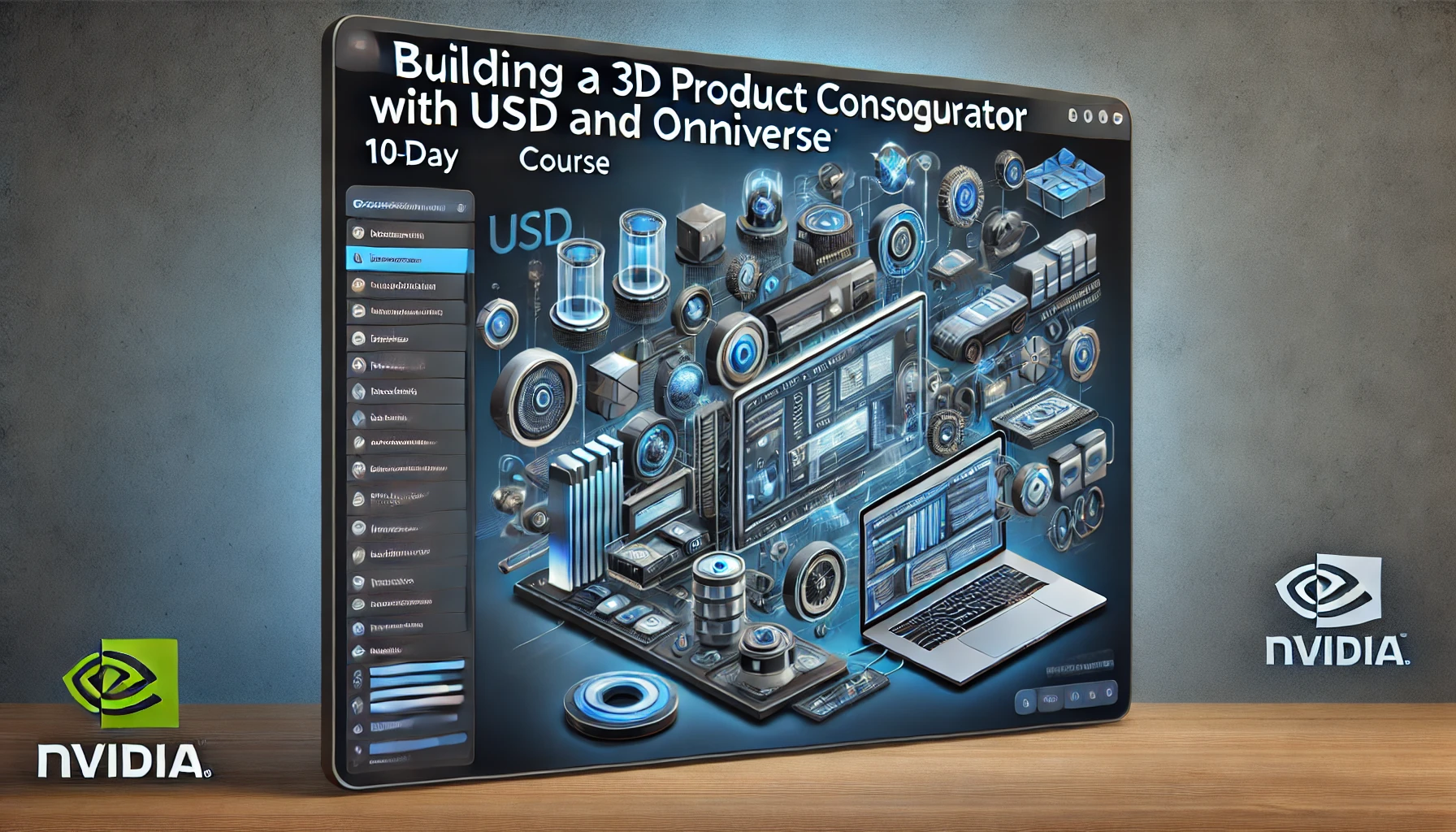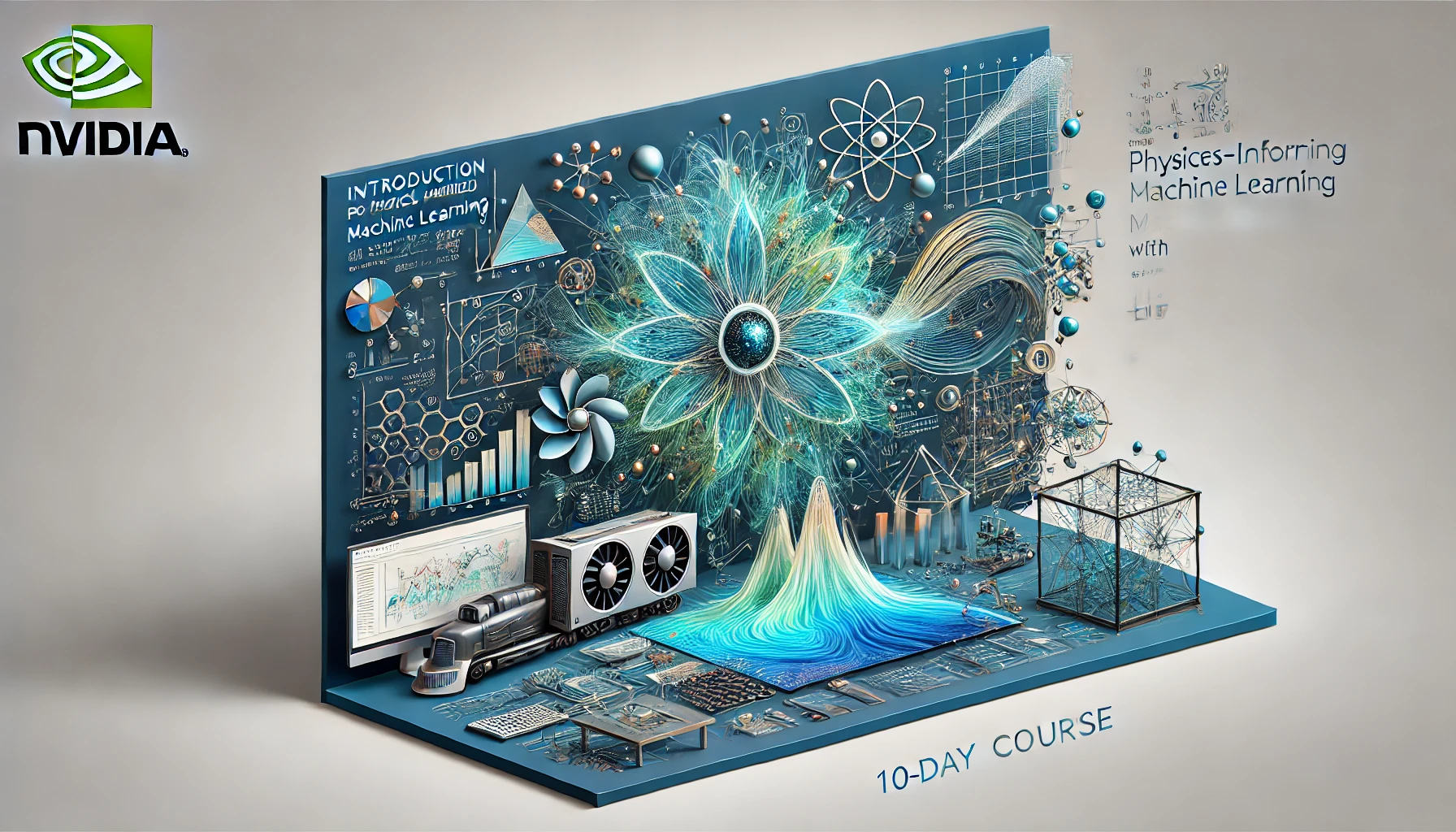Fundamentals of Accelerated Computing with CUDA Python
1. About the Course
“Fundamentals of Accelerated Computing with CUDA Python” is a carefully crafted 10-day course that introduces participants to the world of high-performance computing using Python with CUDA, specifically through the Numba library. Numba is a powerful tool that allows Python developers to leverage GPU acceleration for their applications without needing to write complex C++ or CUDA code. This course is ideal for data scientists, engineers, and developers who are familiar with Python and want to speed up their computational tasks using GPU acceleration.
Throughout this course, participants will learn how to write Python code that can be executed on GPUs, understand the underlying principles of CUDA, and gain hands-on experience with Numba’s capabilities. By the end of the course, learners will be equipped with the knowledge and skills needed to optimize their Python applications for significantly faster execution.
2. Learning Objectives
By the end of this course, participants will be able to:
- Understand the basics of CUDA and GPU computing: Learn the core concepts behind GPU acceleration and how it can be applied using Python.
- Utilize Numba for GPU acceleration: Write Python code that leverages GPU acceleration using the Numba library.
- Optimize Python code for performance: Implement techniques to optimize Python code for GPU execution, resulting in significant performance improvements.
- Develop parallel algorithms with Numba: Create efficient parallel algorithms using Numba to fully utilize GPU resources.
- Profile and debug GPU-accelerated Python code: Use profiling tools to analyze and optimize the performance of GPU-accelerated Python applications.
- Apply GPU acceleration to real-world problems: Implement GPU acceleration in practical applications, particularly in data science and machine learning.
3. Course Prerequisites
This course is designed for Python developers with a basic understanding of programming and computing. The prerequisites include:
- Python Programming: A solid grasp of Python, including functions, loops, data structures, and basic object-oriented programming.
- Basic Knowledge of Arrays: Familiarity with NumPy and array-based operations, as Numba works closely with NumPy arrays for GPU computation.
- Mathematics: Basic knowledge of linear algebra and matrix operations, which are commonly used in GPU-accelerated applications.
- Linux/Command Line Interface: Experience with Linux or a command-line interface, as most GPU computing environments are Linux-based.
4. Course Outlines
This course is structured to progressively build your knowledge of GPU acceleration with Numba, organized as follows:
- Introduction to GPU Computing with Python: An overview of GPU computing and how Python can be used for accelerated computing.
- Setting Up the Environment for CUDA Python: Installing and configuring the necessary software and tools, including CUDA Toolkit, Python, and Numba.
- Understanding Numba and CUDA Fundamentals: Learning the basics of CUDA programming and how Numba simplifies GPU programming in Python.
- Writing Your First GPU-Accelerated Python Code: Hands-on experience writing and running your first GPU-accelerated Python code with Numba.
- Optimizing Python Code with Numba: Techniques for optimizing Python code for better GPU performance using Numba.
- Parallel Programming with Numba: Understanding parallel programming concepts and implementing them in Python using Numba.
- Advanced Numba Features for CUDA Python: Exploring advanced features of Numba, including CUDA-specific functions and optimizations.
- Debugging and Profiling GPU-Accelerated Code: Learning how to debug and profile GPU-accelerated Python code to identify and fix performance bottlenecks.
- Applying GPU Acceleration to Real-World Problems: Practical examples of applying GPU acceleration to real-world problems in data science and machine learning.
- Capstone Project: A hands-on project where participants will apply everything they’ve learned to develop a fully optimized GPU-accelerated Python application.
5. Day-by-Day Breakdown
Day 1: Introduction to GPU Computing with Python
- Objectives: Understand the basics of GPU computing and how it can be leveraged using Python.
- Topics:
- Overview of GPU computing and CUDA
- Benefits of using GPUs for Python applications
- Introduction to Numba and its capabilities
- Activities:
- Reading materials on the importance of GPU acceleration in modern computing
- External link: NVIDIA CUDA Zone
- Internal link: Regent Studies Python Courses
Day 2: Setting Up the Environment for CUDA Python
- Objectives: Install and configure the necessary tools and software for CUDA Python development.
- Topics:
- Installing the CUDA Toolkit
- Setting up Python and Numba
- Configuring the development environment for GPU computing
- Activities:
- Step-by-step installation guide
- Verifying installation with a sample program
Day 3: Understanding Numba and CUDA Fundamentals
- Objectives: Learn the basics of CUDA programming and how Numba abstracts CUDA complexities.
- Topics:
- Introduction to CUDA architecture
- Numba’s role in GPU programming with Python
- Basic concepts like threads, blocks, and grids in CUDA
- Activities:
- Hands-on exercises to explore CUDA and Numba basics
Day 4: Writing Your First GPU-Accelerated Python Code
- Objectives: Write, compile, and run your first GPU-accelerated Python code using Numba.
- Topics:
- Basic syntax and structure of Numba functions
- Writing a CUDA kernel with Numba
- Executing and benchmarking the code
- Activities:
- Write and test a simple Numba-accelerated Python program
Day 5: Optimizing Python Code with Numba
- Objectives: Learn techniques to optimize Python code for better performance on GPUs.
- Topics:
- Memory management and optimization in Numba
- Reducing overhead and maximizing GPU usage
- Profiling and identifying bottlenecks in Python code
- Activities:
- Implement and benchmark optimizations in Python code using Numba
Day 6: Parallel Programming with Numba
- Objectives: Understand parallel programming concepts and apply them using Numba.
- Topics:
- Concepts of parallelism in CUDA
- Implementing parallel algorithms in Python with Numba
- Synchronization and performance considerations
- Activities:
- Develop parallel algorithms using Numba and analyze performance
Day 7: Advanced Numba Features for CUDA Python
- Objectives: Explore and utilize advanced features of Numba for CUDA Python programming.
- Topics:
- Advanced CUDA functions and libraries in Numba
- Using shared memory and streams
- Implementing complex algorithms with Numba
- Activities:
- Write advanced CUDA Python programs utilizing Numba’s full potential
Day 8: Debugging and Profiling GPU-Accelerated Code
- Objectives: Learn how to debug and profile GPU-accelerated Python code effectively.
- Topics:
- Tools and techniques for debugging CUDA Python code
- Profiling Python code to identify performance bottlenecks
- Using Nsight Systems and Nsight Compute with Python
- Activities:
- Debug and profile Numba-accelerated Python applications
Day 9: Applying GPU Acceleration to Real-World Problems
- Objectives: Apply GPU acceleration techniques to solve real-world problems in data science and machine learning.
- Topics:
- Practical examples of GPU acceleration in ML and data science
- Case studies and performance analysis
- Scaling Python applications with GPU acceleration
- Activities:
- Work on real-world problems using Numba and GPUs
Day 10: Capstone Project
- Objectives: Apply everything learned in the course to develop a fully optimized GPU-accelerated Python application.
- Topics:
- Project planning and development
- Profiling, debugging, and optimizing the application
- Presenting the project and discussing the results
- Activities:
- Develop and present a capstone project using Numba and CUDA
6. Learning Outcomes
By the end of “Fundamentals of Accelerated Computing with CUDA Python,” participants will be able to:
- Develop GPU-accelerated Python applications: Confidently write and execute Python code that leverages GPU acceleration using Numba.
- Optimize Python applications: Implement techniques to optimize the performance of Python code for GPU execution.
- Utilize parallel programming concepts: Apply parallel programming techniques using Numba to maximize the efficiency of GPU resources.
- Debug and profile GPU-accelerated code: Use advanced tools to profile and debug Python code running on GPUs, ensuring optimal performance.
- Solve real-world problems with GPU acceleration: Apply GPU acceleration to practical applications in data science and machine learning, achieving significant performance gains.
Participants will leave the course with hands-on experience, a strong theoretical understanding of CUDA Python, and a project portfolio that showcases their ability to optimize Python applications using Numba. This course is an essential step for anyone looking to enhance their skills in high-performance computing and Python programming.
This course outline is designed to be both informative and engaging, providing participants with a clear and structured path to mastering GPU acceleration with CUDA Python. Whether you’re looking to optimize your Python applications or delve deeper into high-performance computing, this course has everything you need to succeed.




